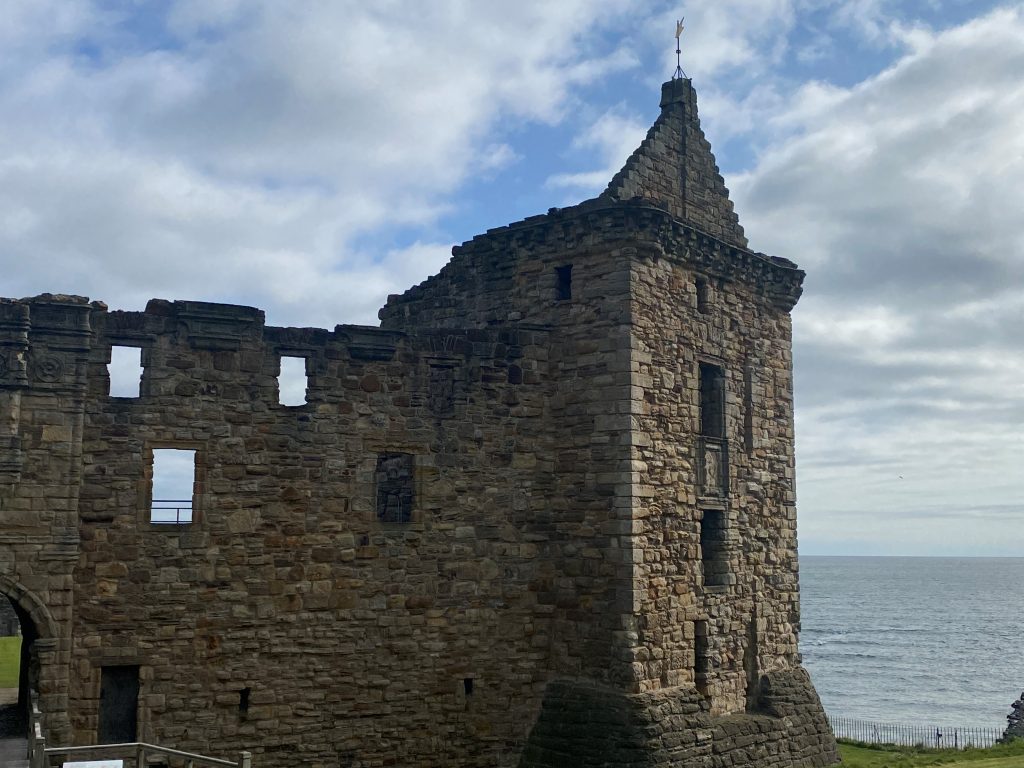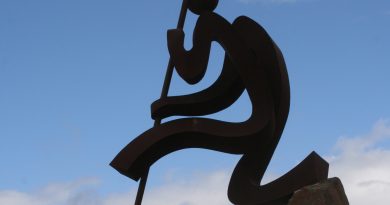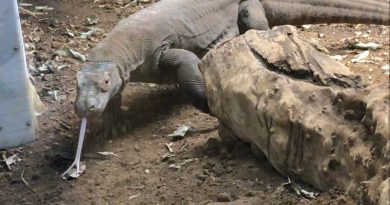Fife Coastal Walk
Walk the Fife Coastal Path and discover the rich history of Scotland’s east coast. You’ll see crumbling castles, 12th century cathedrals, picturesque fishing villages and an abundance of wildlife along the route.
Starting just north of Edinburgh in North Queensferry, this long-distance footpath is one of Scotland’s designated “Great Trails” and takes you all the way to the Firth of Tay, via the medieval town of St Andrew’s, world-renowned as the home of golf.
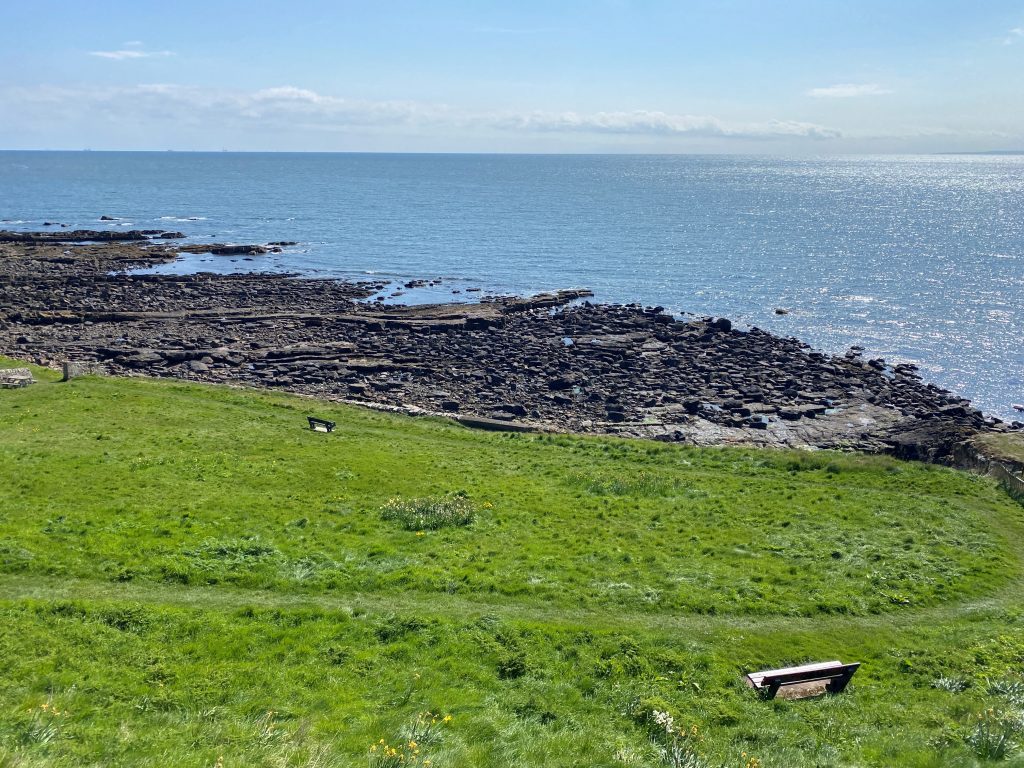
The path was created in 2002, originally running from North Queensferry to Tayport. It was extended in 2011 with a new section running from Kincardine to Tayport then again in 2012 from Tayport to Newburgh.
The path, which usually takes between one week and 10 days to walk in full, now runs for 187 kilometres (116 mi).The Fife Coastal Path is managed and maintained by Fife Coast and Countryside Trust, a registered environmental charity,and is designated as one of Scotland’s Great Trails by NatureScot. About 500,000 people use the path every year, of whom about 35,000 walk the entire route.
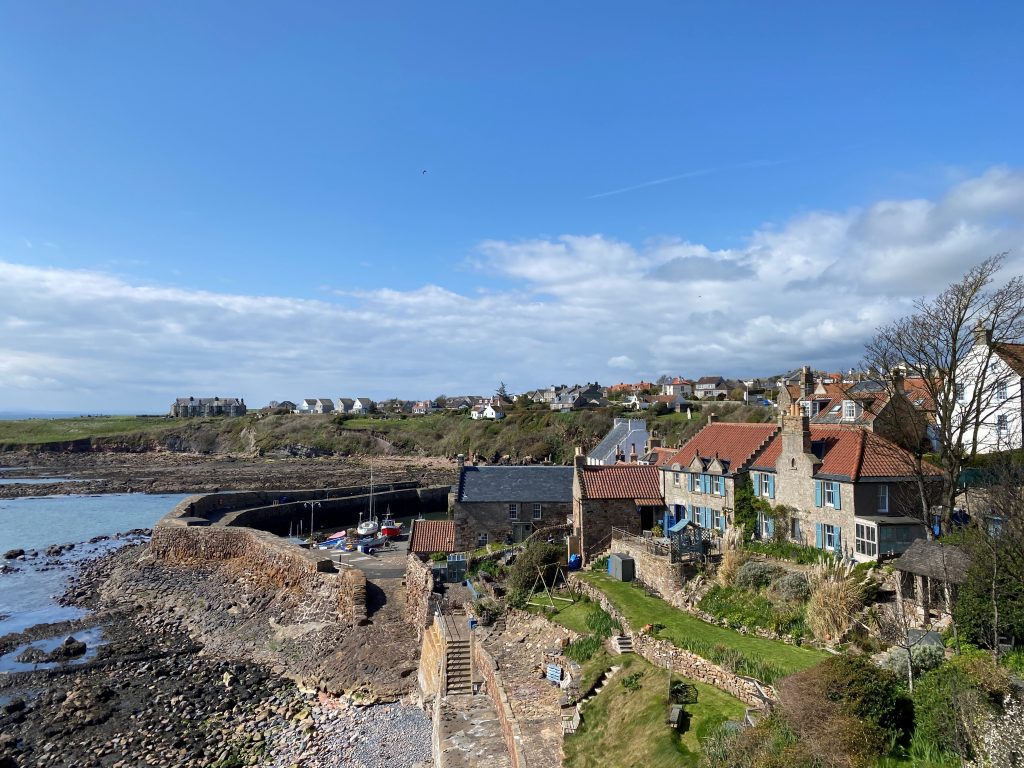
Starting from the Firth of Forth and ending on the Firth of Tay, the route offers a wide range of terrain from level paths to wild and demanding rocky beaches. It passes through the former coal mining towns of central Fife and the cosmopolitan university city of St Andrews. The small fishing villages and harbours of Fife’s East Neuk contrast with the industrial areas of the west. The scenery includes award-winning sandy beaches, nationally important estuaries and wildlife reserves, farmland and woodland. For the adventurous, there is the option of the Elie Chainwalk, Scotland’s secret via ferrata.
Historic Highlights include the three iconic bridges which span the River Forth, the historic village of Culross and defensive battlements and bunkers from WW2 .
From ancient times the Fife Coast was the landing point for many foreign expeditions . The mother of Mary Queen of Scots arrived from France and landed near the village of Crail, near the place where it’s said Scotland’s ancient King Constantine was killed by Vikings in the 9th century. And the Catholic Church in Scotland built its grand cathedral , now a ruin, on the beachfront at St Andrews.
